Modernization of industrial infrared station, or how to do it initially. Part 2 From practice to theory
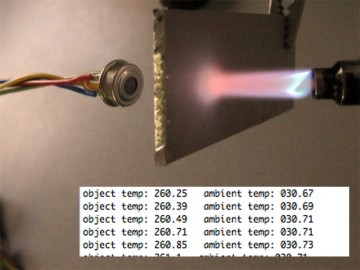
In the previous part, I wrote about Napoleonic modernization plans. But not everything is as simple as it seems at first glance. Under the cut scheme, and pictures and smart phrases.
Station + PC = pros and cons
Let's start with the advantages of modernization, namely, process control from a PC.
This
It is also removed the need for opening the station for recalibration or the use of difficult software for reprogramming. In general, to say a little - lepot ... but.
The main and so far the only drawback is the fact that the station will depend on the software and the PC, and sooner or later both can fail, causing damage or not allowing Ktuluh material damage. If one of the options fails, we lose the opportunity to work with the station and get a simple technological one. To avoid this moment, it was decided to build a dual module that would allow in an emergency case to transfer the control mode to manual, but without the possibility of extended monitoring, which in principle would be more than enough for urgent work.
To realize this moment, it is necessary to increase the program code of the executed microcontroller, and in our case Atmega 168, and add an LCD display and a couple of controls.
From the minuses, the fact that the controller's memory may not be enough for subsequent upgrades and we are pretty losing the number of available controller ports.
But since we are using the Arduino bootloader for fast loading, it’s easy to replace the controller with a more profitable debugging process without any code changes.
')
Temperature monitoring zones
In the process of repairing boards, when replacing BGA chips, it is very important to monitor the soldering temperature. For proper soldering, it is necessary to warm the entire board and locally heat the part itself. If you only heat a part without warming up the board or if the board is not warm enough and the temperature conditions are not observed, there is a huge risk of damage to the part, which is not so bad, or the board itself (here comes the paragraph)
The photo shows examples of non-compliance with temperature regimes. Frequent cases, “heels” come off, it is more correct to say grooves, more sad cases when “leads” the board, usually it is not subject to repair any more, as during bending the interlayer tracks inside the board break.
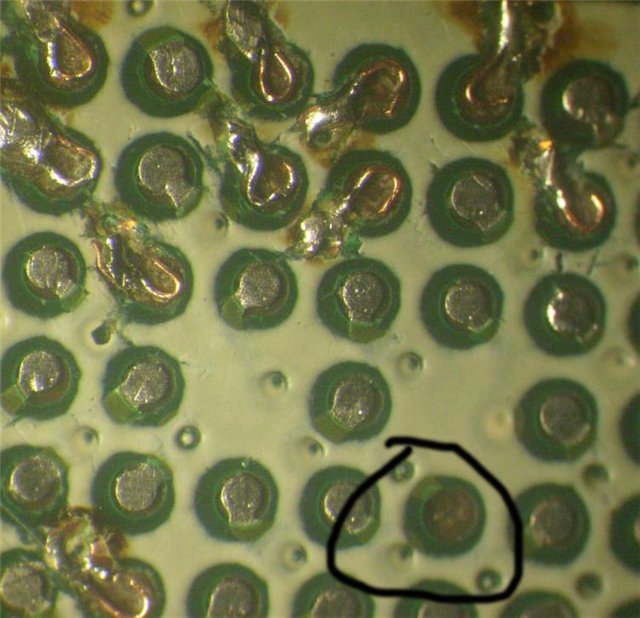
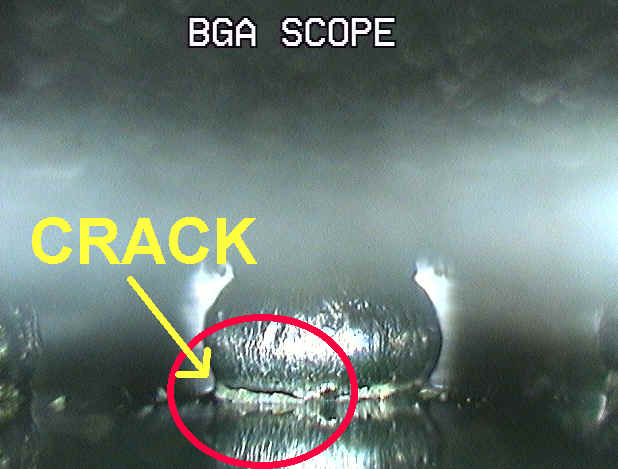

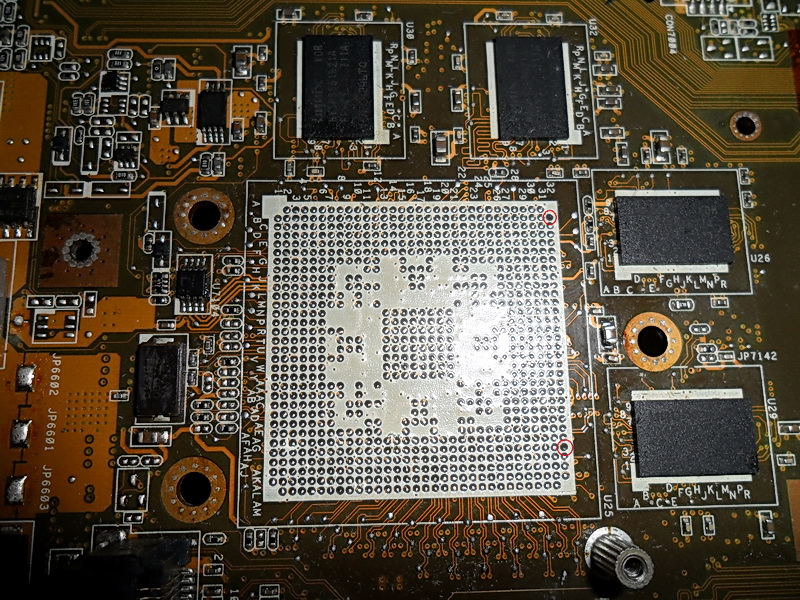
In order to protect yourself from this joy, precise temperature monitoring will be carried out.
Practice
Since I don’t have enough finance, the idea of using infrared sensors for contactless temperature measurement has disappeared so far. In our project, for the time being, we will use three “K” type thermocouples that have measurement limits from 0 - 1000 degrees Celsius.
We need accurate measurements up to 350 degrees. What we have enough with his head.
Why are three thermo pairs and not two?
It's simple, One thermocouple will measure the temperature of the board, the second temperature of the heated chip (because for the upper heater, another thermocouple is not needed), and the third control temperature of the lower heater. Based on the data of the third thermocouple, the installation of the heater operation will be conducted.
For an accurate reading, we need to amplify the signal from the temperature sensors, because I have chosen an amplifier circuit that will provide quite accurate gain without interference.
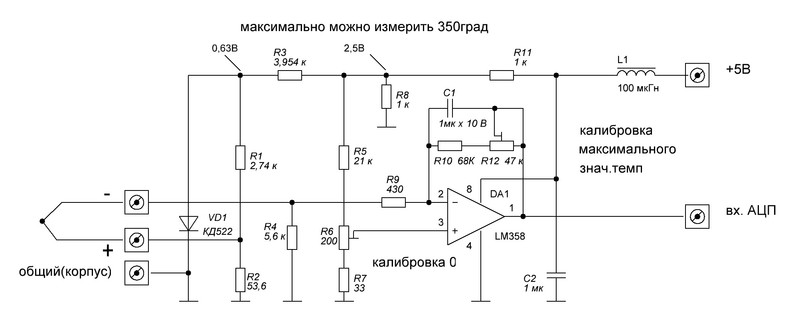
As an op amp (op amp), I use the LM358, as it is common, has one polar power supply, and gives us the necessary gain. For all thermocouples you need to collect three blocks, the photos of which will be in the third but not the last part.
Of the problems, almost everything was discussed, the only point that so far I have not been able to solve is how to remove the temperature spacing across the area of the lower heater and how to make the program understand the different data that the MC sends to it.
PS: The first photo shows an infrared thermal sensor MLX90614
Source: https://habr.com/ru/post/138267/
All Articles